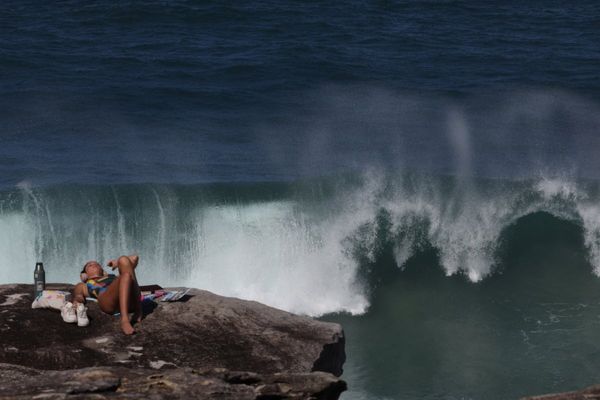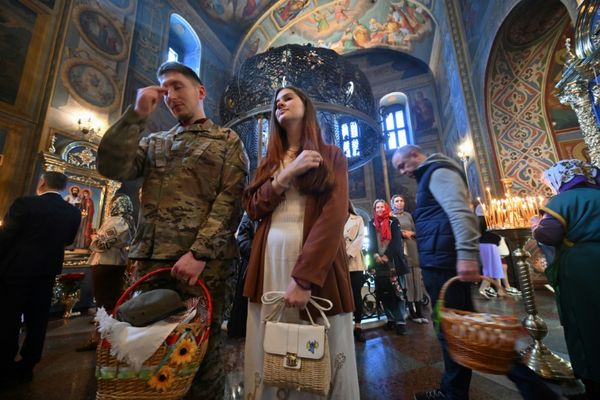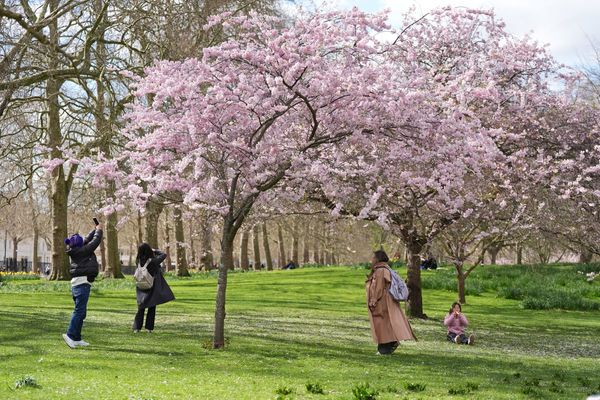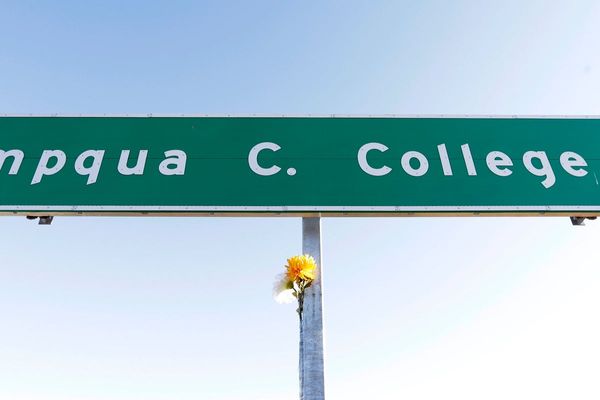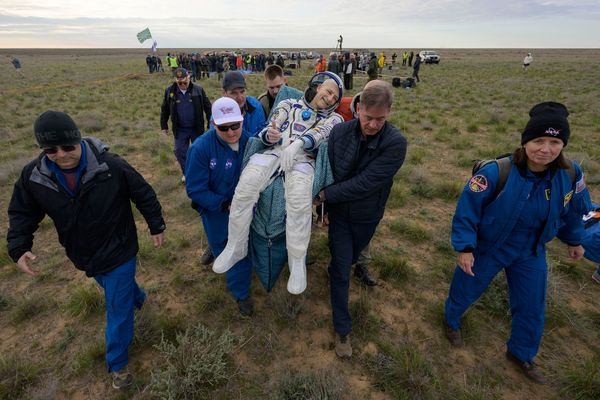
Eclipses often come in pairs. A lunar eclipse is usually accompanied by a solar eclipse two weeks later, or vice versa, and this month is no exception. On 14 March, the moon was totally eclipsed by Earth; now it is the turn of the sun.
There will be no total solar eclipse visible from the surface of Earth, but in certain parts of North America and Greenland up to 90% of its fiery surface may be obscured. For example, in Iqaluit, the capital of Nunavut in Canada, the sun will have 92% of its surface covered.
From London, the eclipse will take place between 1007 GMT and 1200 GMT on 29 March. Maximum eclipse takes place at 1103 GMT, when just over 30% of the sun’s surface will be obscured by the moon. This rises the farther north you are. In Glasgow, for example, the maximum occurs at 1106 GMT, with just under 42% obscuration.
Great care must be taken when looking at the sun because permanent eye damage can occur. Observers should always use correctly certified eclipse glasses to reduce the light and heat. Such glasses will be CE or ISO certified, conforming to the ISO 12312-2:2015 standard.
• This article was updated on 25 March to include the date of the solar eclipse.
